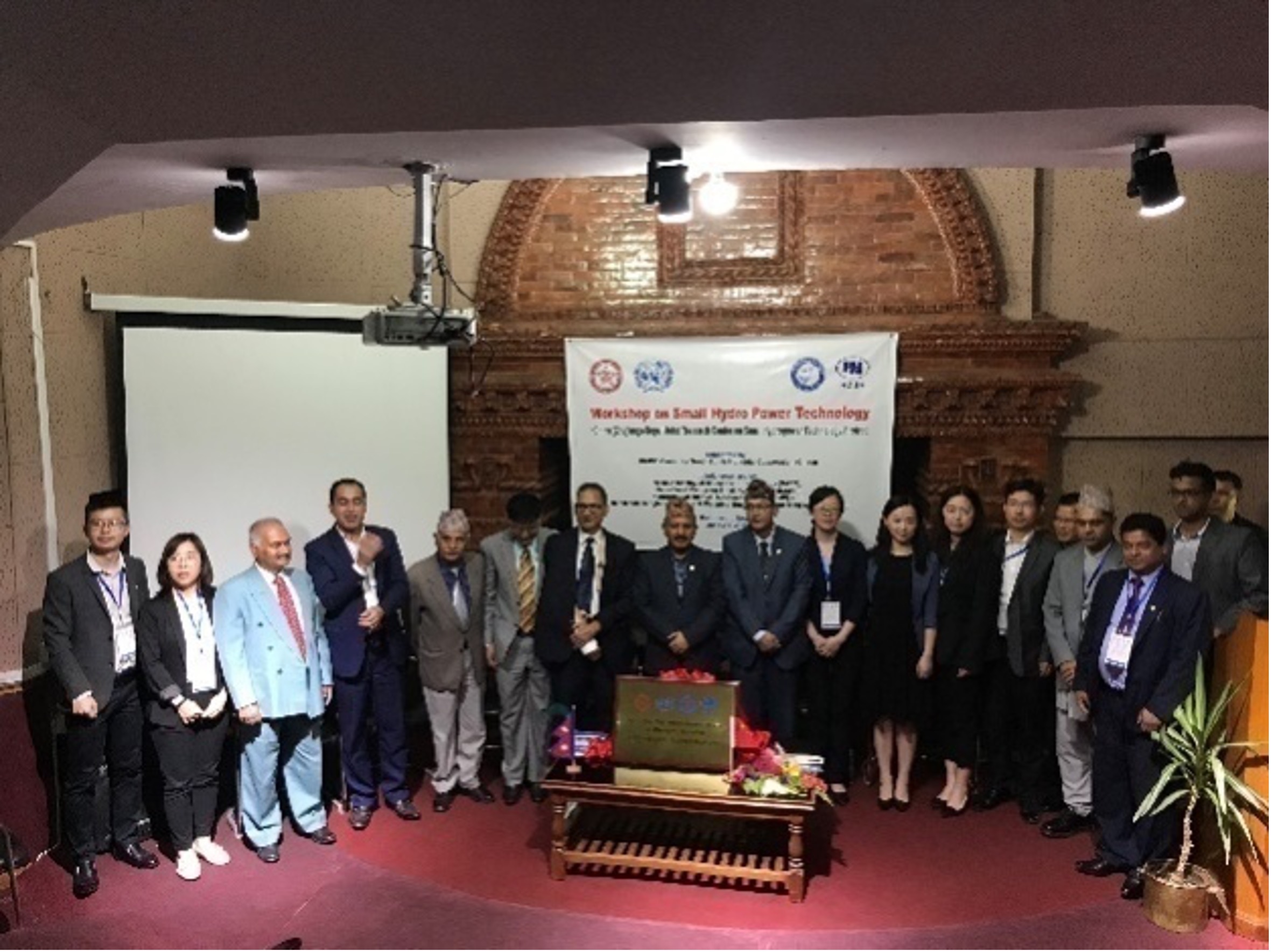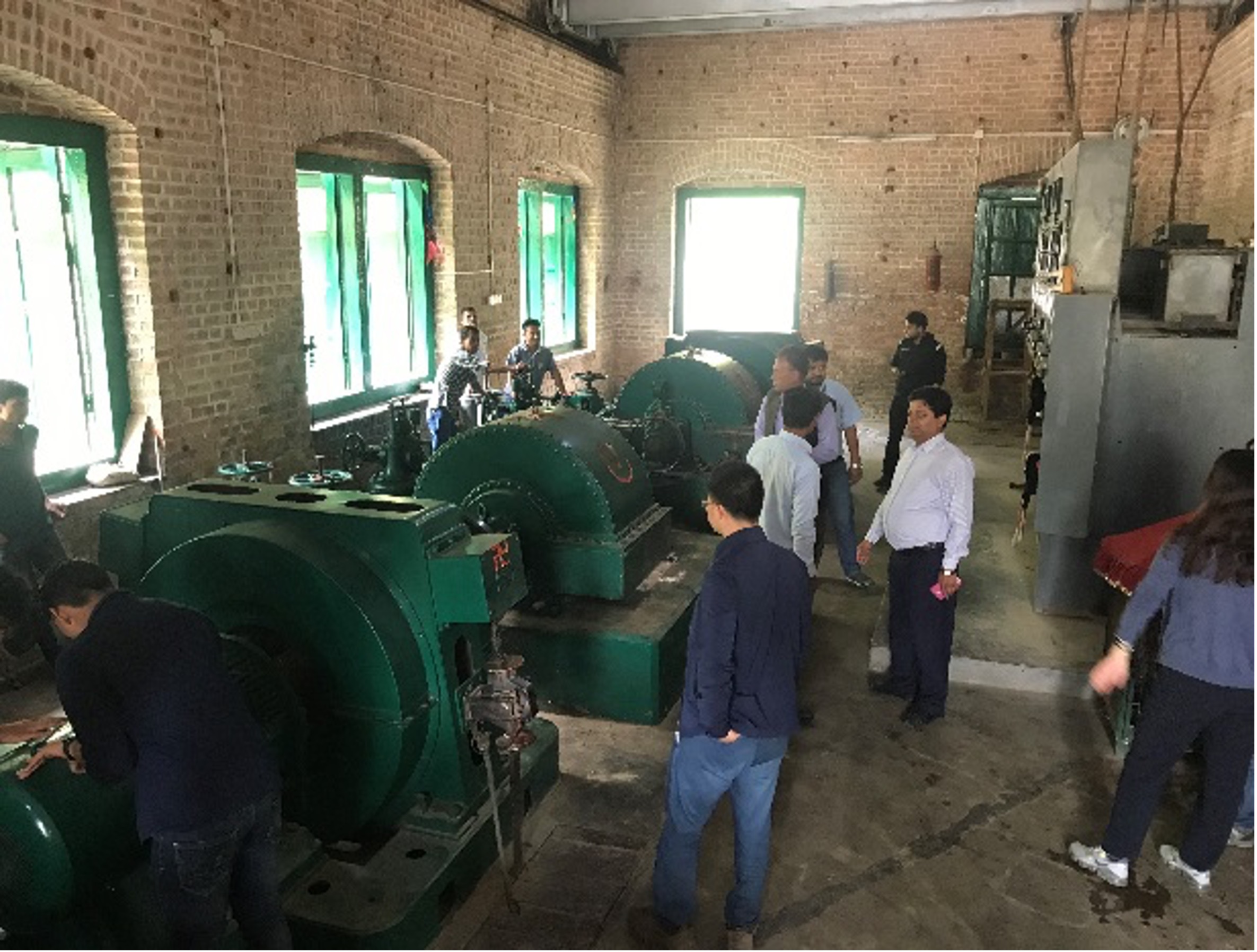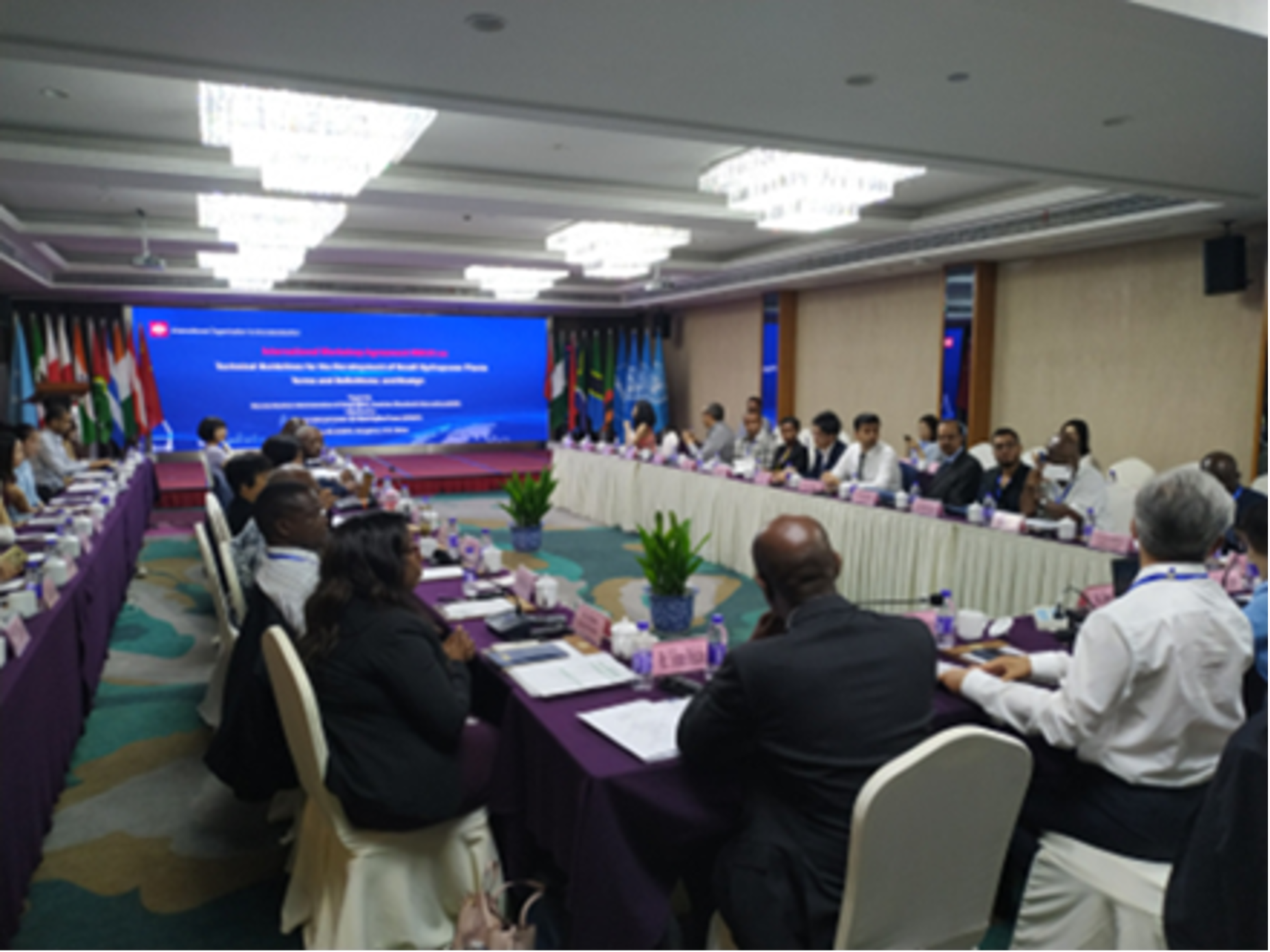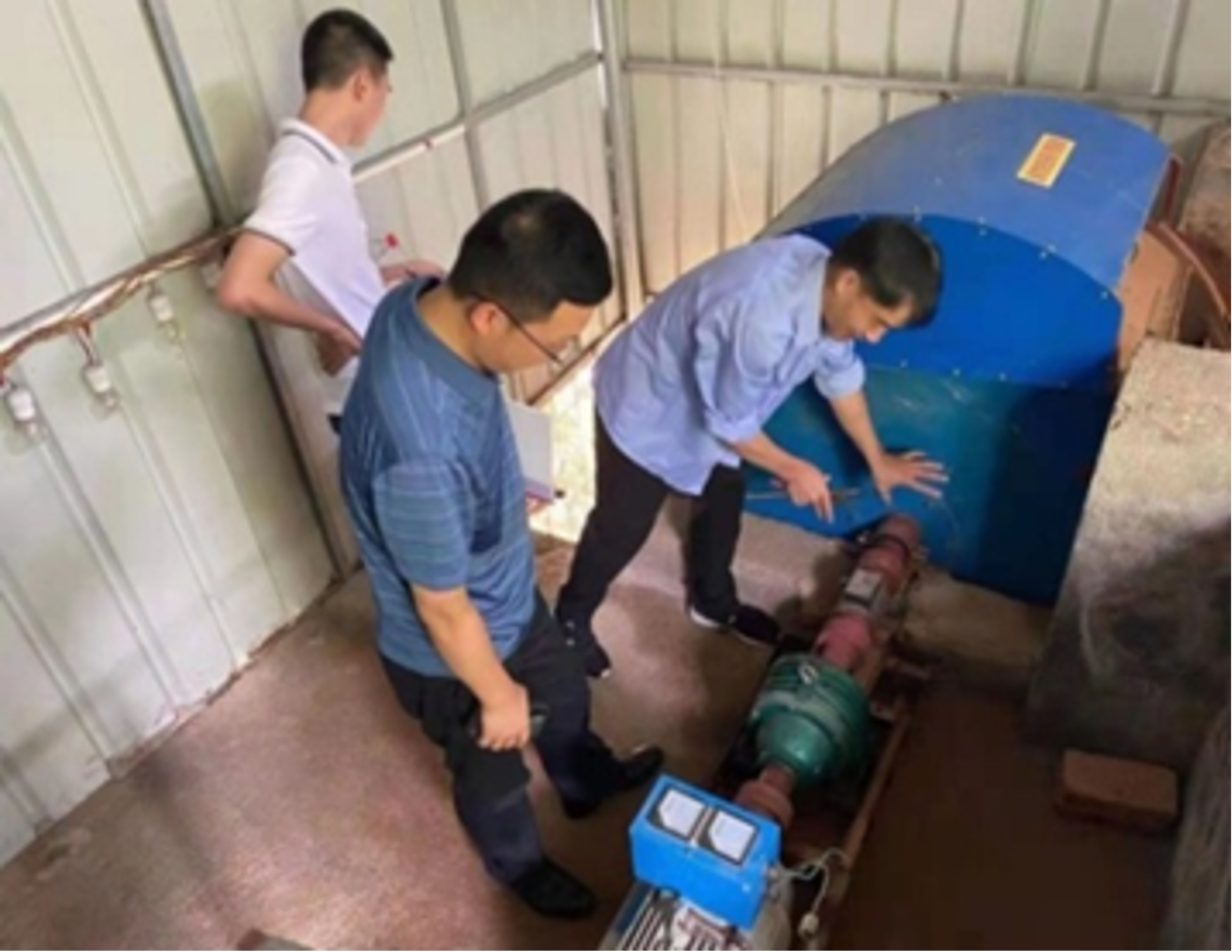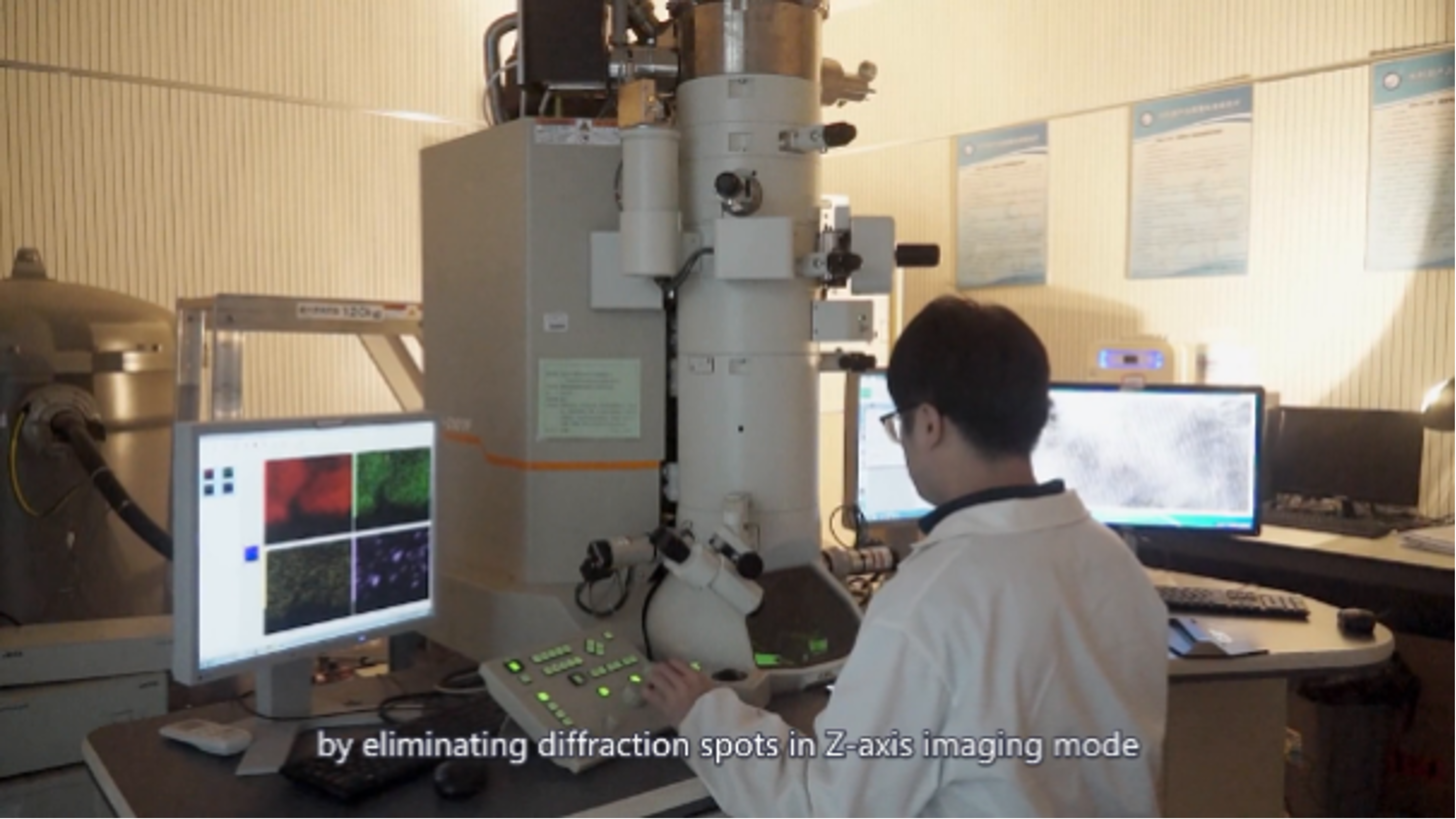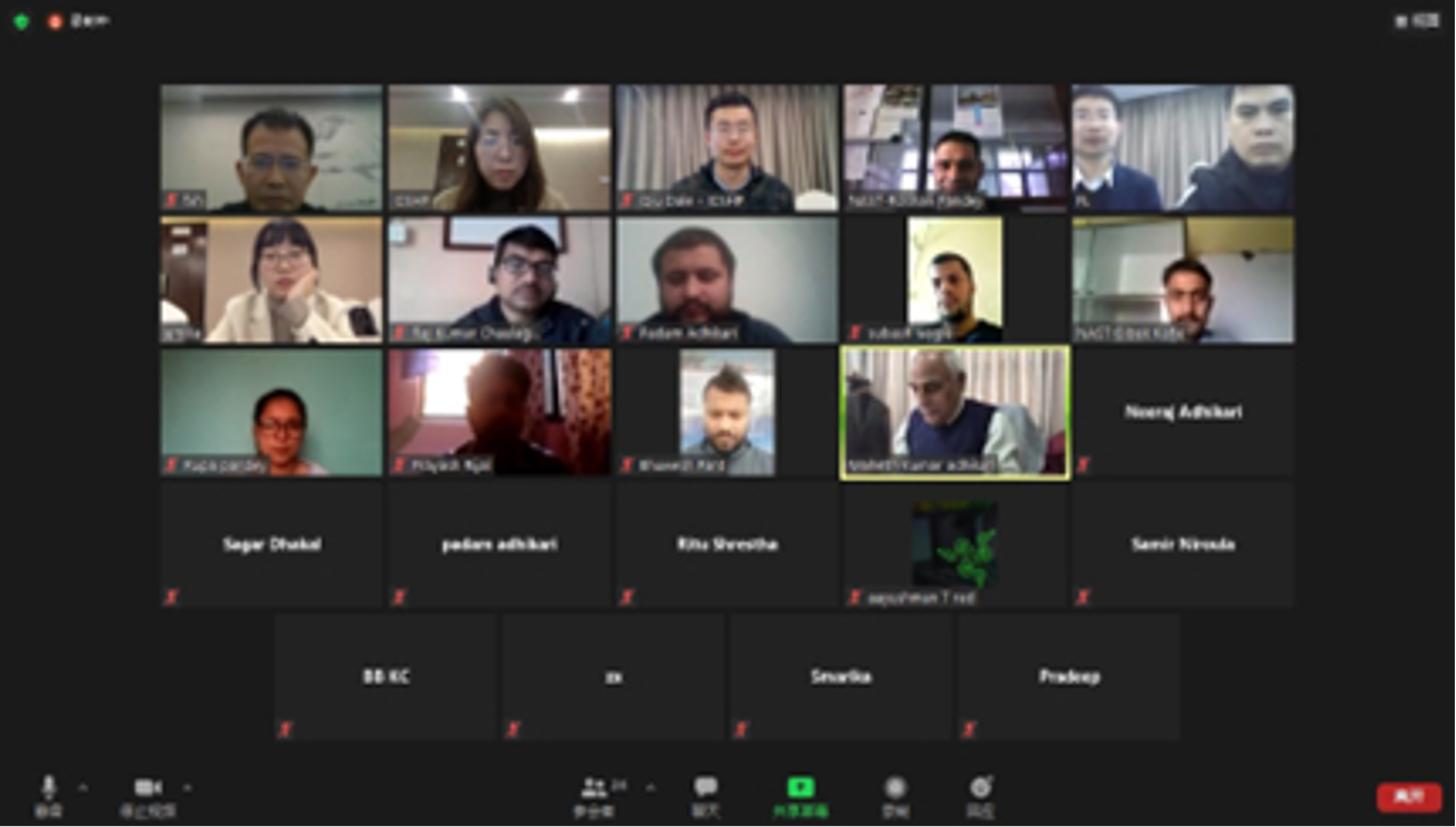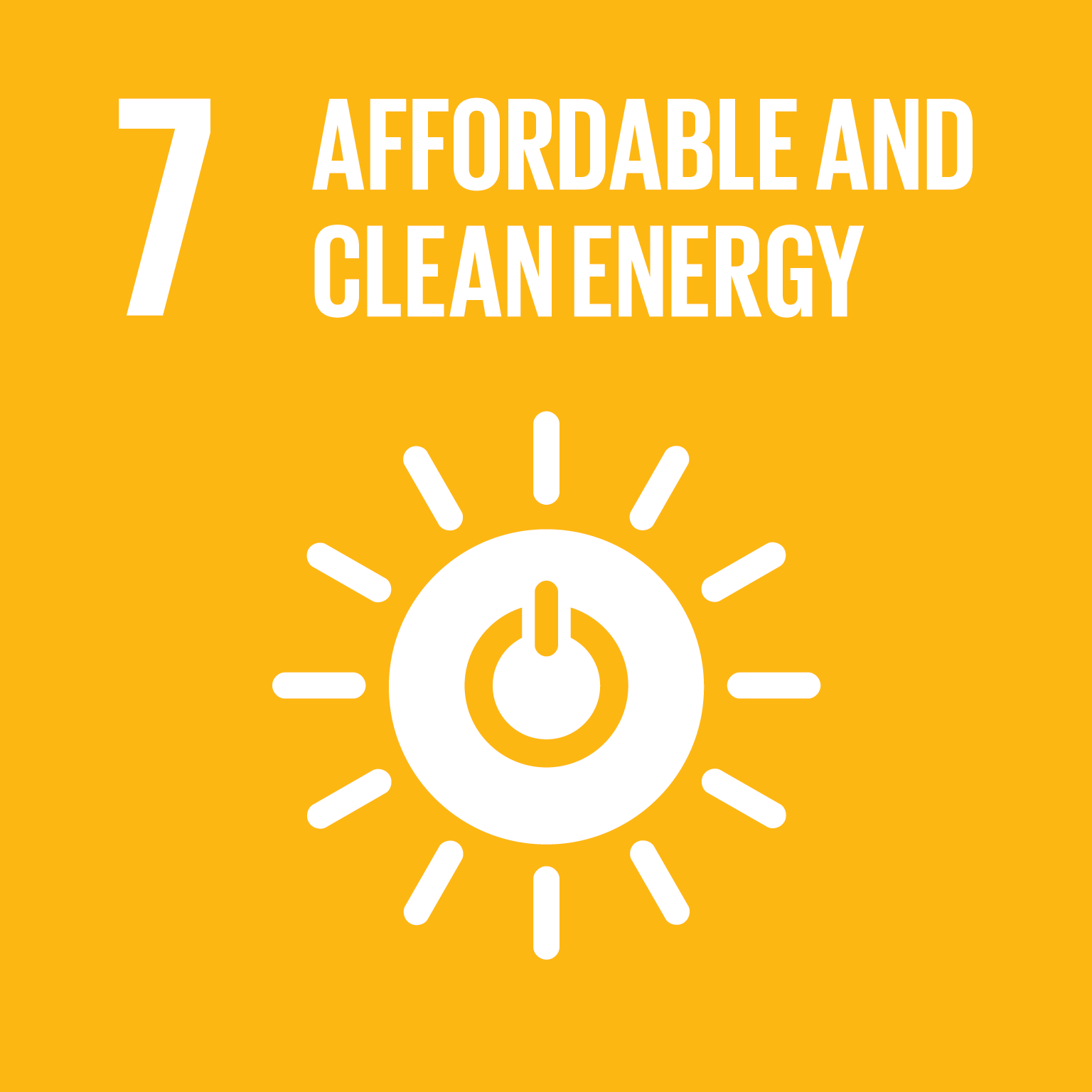 Small Hydropower in Nepal
Capacity building and technology innovation to support this sustainable energy source in Nepal and other South Asian countries
Small Hydropower in Nepal
Capacity building and technology innovation to support this sustainable energy source in Nepal and other South Asian countries

Challenges
Nepal, a mountainous land-locked country, is one of the world’s least devel- oped countries, with a GDP per capita of US$ 956 and GDP growth rate of 8.5 percent in 2020.1 The country has abundant hydro resources and small hydropower (SHP) has become the main source of power generation for rural electrification in the country. Small hydropower technology is robust and can have a life of almost 50 years with low maintenance costs.
Nepal has the potential to develop more SHP projects, but small hydropower plants in Nepal do not last long. A lack of skills and training, technological innovation and systematic regulation, including policy guidance and technical standards, are challenges for sustainable development of SHP in Nepal.
The local SHP industry requires, firstly, capacity building on small hydropower technology and management; secondly, technology transfer on safety production and equipment optimized technology, especially abrasion-cavitation protection technology for hydraulic machinery; and thirdly, establishment of a complete technical standard system for small hydropower.
Towards a Solution
Supported by the Global South-South Development Center Project (GSSDC) and implemented by the International Center on Small Hydro Power (ICSHP) (the latter being a public, non-profit institution under the auspices of the United Nations Industrial Development Organization, China’s Ministry of Water Resources and Ministry of Commerce), this project was initiated to develop appropriate green SHP mechanisms so that Nepalese stakeholders could learn about the relevance of innovative technology. This was to promote inclusive and sustainable growth, in accordance with the Sustainable Development Goals.
Project activities included joint research and pilot demonstrations of relevant technologies and standard systems for clean and sustainable SHP. The project enhanced awareness to improve SHP management and technology in Nepal and helped remove obstacles to SHP technology transfer.
During implementation, ICSHP cooperated closely with the local implementing counterpart, the Nepal Academy of Science and Technology. ICSHP organized a team of professionals who supported the daily management, evaluation and coordination of the project. Meanwhile, the Nepal Academy of Science and Technology identified professionals and experts for collaboration with ICSHP to ensure a comprehensive understanding of the conditions, needs and specific focus areas to guarantee the success of the project.
Project activities included personnel visits, site investigations, training, seminars, on-the-job training, standards compilations and joint scien- tific research activities. Beneficiaries were government officials, SHP experts, professional technicians, private owners and college students. The capacity building provided to the Nepalese counterparts was to ensure the sustainability of the project as advancing in-country skills will aid in the long-term development of SHP in Nepal.
Specifically, a three-day training workshop on Small Hydropower Technology was held in Katmandu for 35 local hydropower management staff and technicians. A two-day virtual Technical Training Workshop on Small Hydropower was organized to cope with the suspension of international travel caused by the global COVID-19 pandemic, attended online by over 30 local stakeholders, including engineers, technicians and college students. Some of the training courses on key technologies were video recorded to strengthen capacity building for local stakeholders.
A potential site for a small hydropower plant was selected to carry out a feasibility study for demonstration of innovative technologies locally and even for extensive application nation-wide in Nepal. The key technology of thermal spraying abrasion-cavitation protection coating for small hydropower was introduced in Nepal through the project as a technology transfer.
A notable innovative approach of the project was the establishment of a Joint Research Center for Small Hydropower Technology in Nepal. This platform will allow long-term cooperation between Nepal and China on high-level scientific research to enhance the scientific innovative capacity of small hydropower in both countries. Through the Joint Reseach Center, problems can be solved, barriers removed and pracitioners can stay informed on small hydropower knowledge and innovative technologies. The Joint Research Center will undertake capacity building activities, such as personnel exchanges, training workshops, technical seminars and exchange visits for technicians.
The Joint Research Center is considered fundamental for the long-term sustainability of the development of small hydropower, not only in Nepal but also around the southern Asian region. Since other Southern Asian countries are facing similar barriers in developing small hydropower, this project can be introduced and replicated effectively in these countries through South-South technology transfer and bilateral technical cooperation.
It is hoped similar collaborations can be continued in the future in neighbouring countries both for development of the conventional small hydropower industry and also for the promotion of more ecologically sound small hydropower by utilizing Chinese experiences and achievements in this sector. Countries in this region will be invited to participate in the International Standard on Small Hydro Power, which is led by ICSHP, for knowledge sharing and practical guidance on the further development of small hydropower.
Contact Information
Countries involved
Supported by
Implementing Entities
Project Status
Project Period
Primary SDG
Primary SDG Targets
Secondary SDGs
Secondary SDG Targets
Similar Solutions
| NAME OF SOLUTION | Countries | SDG | Project Status | |
|---|---|---|---|---|
Accelerating the Transformational Shift to a Low-Carbon Economy in Mauritius Towards supplying 35 percent of the country’s energy needs with renewables by 2025 |
China, Nepal | 05 - Gender Equality 09 - Industry, Innovation and Infrastructure 13 - Climate Action | Ongoing | View Details |
Accelerator Labs Network Following collective intelligence methods to address emerging sustainability challenges and the growing demand for local solutions |
China, Nepal | 08 - Decent Work and Economic Growth 13 - Climate Action | Ongoing | View Details |
Accessibility of Financial Services and the Private Sector in Africa Maximizing the impact of financial cooperation on economic development and industrialization in Africa |
China, Nepal | 08 - Decent Work and Economic Growth | Completed | View Details |
Accessible Dictionary Inclusive Dictionary for all |
China, Nepal | 09 - Industry, Innovation and Infrastructure | Completed | View Details |
Addressing the Transboundary Dimensions of the 2030 Agenda through Regional Economic Cooperation and Integration in Asia and the Pacific Promoting co-deployment of ICT and transport infrastructure corridors in Central Asia region |
China, Nepal | 09 - Industry, Innovation and Infrastructure 13 - Climate Action 17 - Partnerships for the Goals | Completed | View Details |
